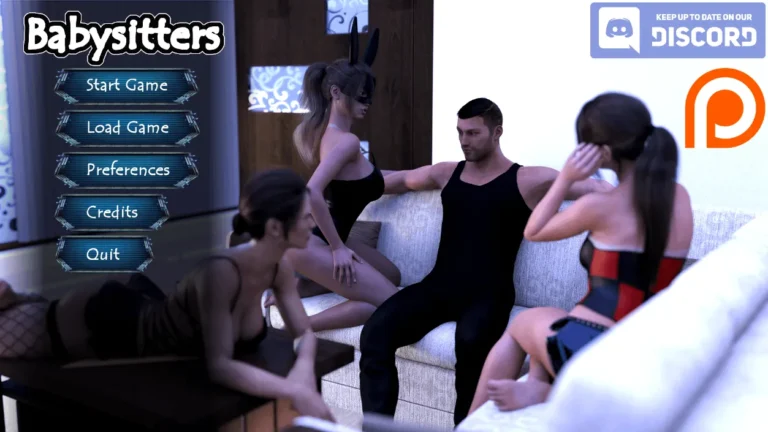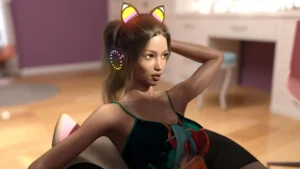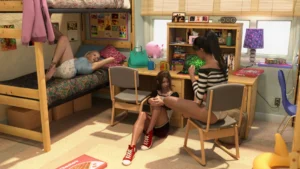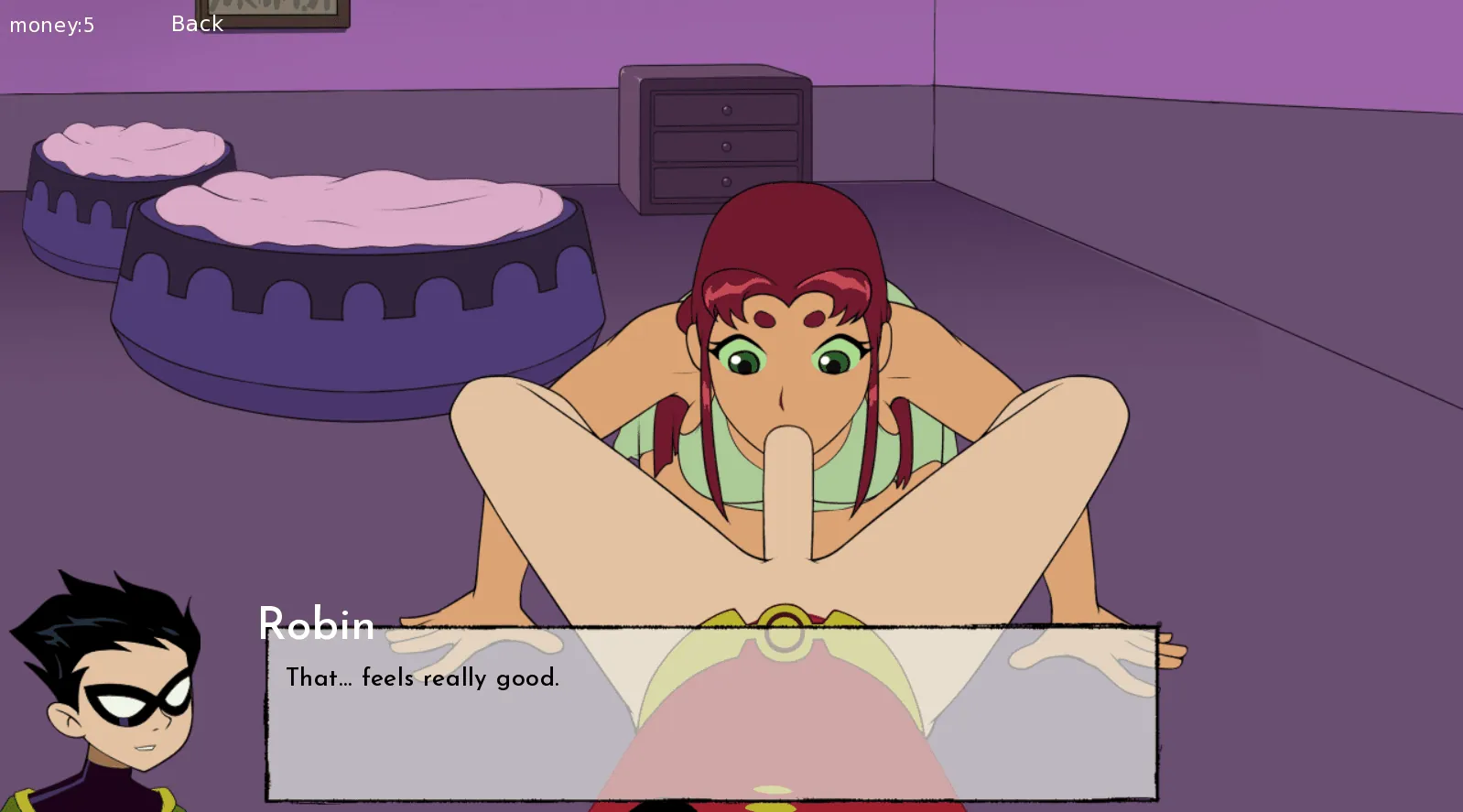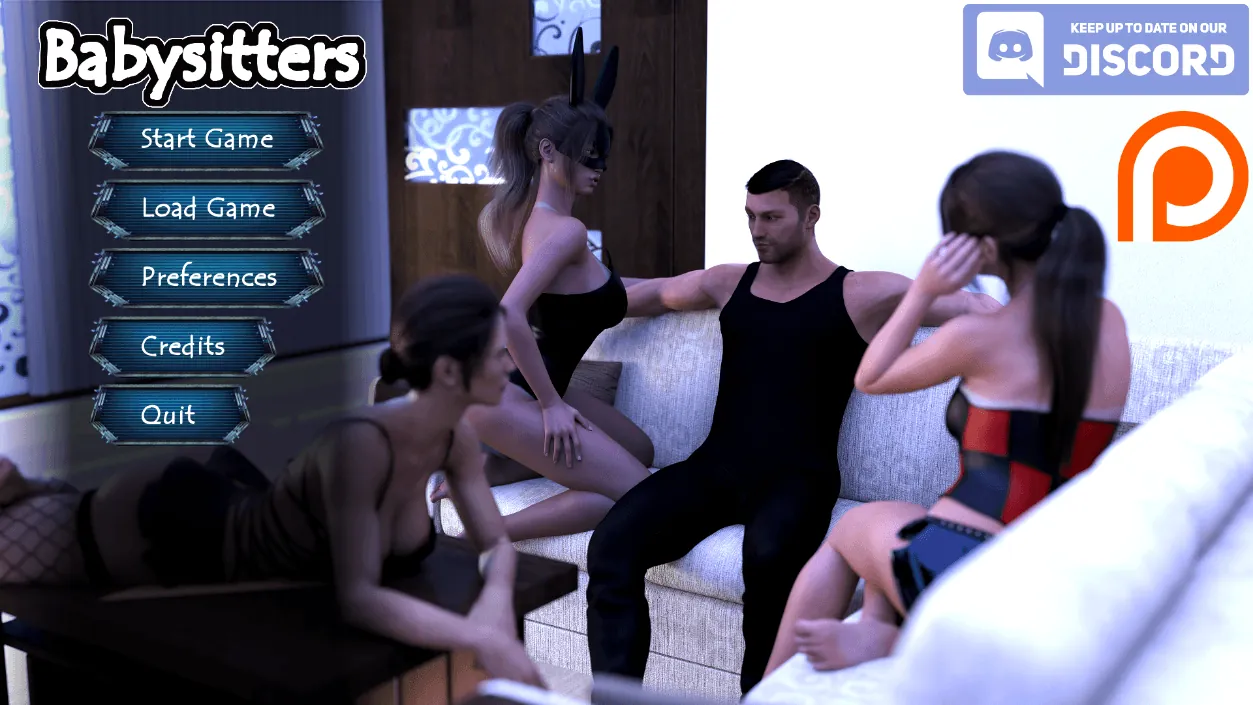
Babysitters
Play Babysitters
Babysitters review
Explore the narrative, decisions, and cast of this interactive visual novel
If you’ve heard about the Babysitters game and want to know what makes it unique, you’re in the right place. This interactive visual novel blends storytelling with player-driven choices, letting you shape relationships and outcomes with a diverse cast. Whether you’re curious about the plot, the characters, or how your decisions impact the experience, this guide covers everything—without crossing into explicit territory. I’ll share personal insights, practical tips for navigating the story, and highlight what sets Babysitters apart in the genre. Let’s dive in and see what this game has to offer.
What Is Babysitters? Game Overview and Core Mechanics
So, you’ve heard the buzz about this interactive story and you’re wondering, “What is Babysitters game about?” 🤔 Let me pull back the curtain for you. At its heart, Babysitters is a narrative-driven visual novel that places you, the player, right in the middle of a vibrant and sometimes chaotic world of childcare and complex relationships. It’s so much more than its title suggests; it’s a deep dive into character connections, personal growth, and the weight of every decision you make.
If you love stories where your choices truly matter, then you’ve found your next obsession. This Babysitters visual novel is all about that delicious power. 🎮
Story Premise and Setting 🏡
The Babysitters game story begins with a simple yet brilliant setup. You play as a newcomer to a suburban town, taking on a job with a local babysitting agency. This isn’t just about watching kids; it’s your gateway into a community of other sitters, the families they work for, and their intertwined lives. The setting feels cozy and familiar at first—quiet streets, friendly parks, and bustling family homes—but it’s a powder keg of personal dramas, hidden pasts, and budding romances.
The tone masterfully blends slice-of-life moments with genuine emotional stakes. One minute you’re trying to soothe a crying toddler, and the next, you’re navigating a tense conversation with a fellow sitter that could alter your friendship forever. The core of the Babysitters game story is your journey—who you befriend, who you clash with, and which secrets you uncover along the way. It’s this focus on relational dynamics that makes the setting feel so alive and personal.
To help you get acquainted with the cast you’ll be spending your time with, here’s a quick guide to the main players:
| Character | Personality | Role in the Story |
|---|---|---|
| Alex | The reliable, slightly cynical veteran sitter | Your main rival and potential confidant; knows all the agency gossip |
| Maya | Energetic, optimistic, and a little naive | The heart of the group; often needs guidance and support |
| Mr. Davis | Strict, mysterious, and always watching | The agency owner who holds the keys to many secrets |
| Chloe | Ambitious, competitive, and charming | A fellow sitter who can become your closest ally or your biggest obstacle |
How Choices Shape Your Experience 🧭
This is where the magic of the Babysitters visual novel truly comes to life. The game is built on a foundation of meaningful Babysitters choices and consequences. Nearly every dialogue option, every action you take—from how you handle a mischievous child to what you say after a long day—ripples out to change your story.
The game doesn’t just track a simple “good vs. bad” meter. Instead, it uses a sophisticated system of relationship points and hidden triggers. Your bond with each character fluctuates based on your interactions, unlocking new scenes, exclusive dialogue, and even entire story branches that are otherwise inaccessible. A choice that endears you to Alex might simultaneously alienate Maya, forcing you to live with the fallout.
Let me give you a personal example that completely blew my mind. 🍪
Early on, you’re tasked with managing two siblings who are fighting over the last cookie. You have a few options: let the older sibling have it (“They’re older, they win”), give it to the younger one (“Be nice to your little sister”), or split it in half (“Share and be fair”). Seems simple, right? I went with the “fair” option, thinking I’d solved the problem peacefully.
Big mistake. This choice was a hidden trigger. Later, the parents found out and labeled my character as “unable to make decisive calls.” This locked me out of a high-paying, prestigious job later in the Babysitters game story and negatively impacted my standing with the ambitious Chloe, who saw it as a sign of weakness. My “fair” choice had a direct consequence on my earning potential and a key relationship! This is the brilliance of Babysitters choices and consequences; they feel authentic and often have unexpected, long-term effects.
Pro Tip: Don’t reload immediately after a “bad” choice! Some of the most compelling and unique narrative paths come from embracing the consequences and seeing where they lead. It massively boosts the replay value.
Key Features That Set It Apart ✨
While it fits comfortably within the visual novel genre, the Babysitters gameplay mechanics include several standout features that make it a memorable experience.
First and foremost are the Babysitters multiple endings. We’re not just talking about a “good” and “bad” ending here. The game boasts a vast ending spectrum that reflects the totality of your journey. Your final outcome is determined by a combination of your key relationships, major decisions, and even some seemingly minor actions. You could end up running the agency with a partner, leaving town under a cloud of suspicion, or having forged an unbreakable bond with a chosen few. I’ve played through three times and got completely different conclusions each time, which speaks volumes about the depth of the Babysitters multiple endings.
Another defining feature is the time management aspect woven into the Babysitters gameplay mechanics. Your weeks are structured, and you must choose how to spend your limited free time. Will you take on an extra babysitting job to earn more money (which can unlock special outfits or items), or will you hang out with Maya at the park to improve your friendship? These daily choices add a layer of strategy that goes far beyond simple dialogue trees.
Finally, what truly sets this Babysitters visual novel apart from others is its commitment to interactivity. It’s not a passive story you read; it’s a world you inhabit and influence. Compared to many visual novels that offer the illusion of choice, here your decisions create tangible, often irreversible, branches. This focus on player agency ensures that your version of the Babysitters game story is uniquely yours, making it an experience you’ll want to return to again and again to uncover all its secrets. 🔍
So, if you’re ready for a game where your decisions carry real weight and the characters feel like real people, dive into the world of Babysitters. Your story is waiting to be written.
Babysitters stands out as a visual novel that puts your choices at the heart of the experience, with a cast of memorable characters and a story that changes based on your decisions. Whether you’re exploring different routes, deepening relationships, or hunting for hidden interactions, there’s always something new to discover. I hope this guide helps you get the most out of your playthrough—why not start a new game and see where your choices take you? Share your favorite moments and strategies with the community, and keep an eye out for updates that might add even more to this engaging world.
